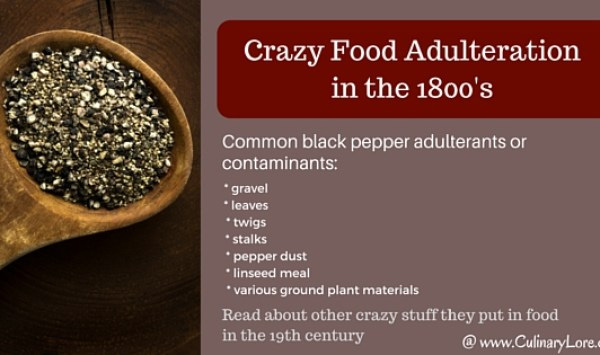Exploring Clean Label
Consumers are sifting through more health and ingredient claims on foods than ever before. Ethics and values labels are the next frontier.
‘Clean label’ refers to specific claims across a spectrum of natural food products (NFP), spanning many individual definitions. Like most NFP category claims, ‘clean label’ has no regulated oversight on its use.
Certified organic is the only label claim that is overseen and regulated by federal agencies, like the USDA and the Canadian Food Inspection Agency (CFIA). This means that producers and processors have to follow specific rules, processes and reporting requirements, and are subject to audits to verify compliance. In exchange, certified organic foods and ingredients usually command a higher market price.
It’s important to note that government regulation and oversight do not guarantee either compliance or market value-add. It is confusing to navigate unregulated claims with varying definitions, but no more so the true environmental impact and food safety of certified organic labels.
The Origin of Clean Label
Bad actors in food systems have been cutting corners and falsifying origin stories for centuries. In this excellent webinar hosted by Food Business News, HealthFocus International cites the example of black pepper marketing in the 1800’s, from a delightful piece found on CulinaryLore.com.
Similar to how modern grain exporters fill holds with ‘foreign matter’ and/or ‘admixture’ according to international trade tolerances for non-like grain in bulk shipments,… black pepper merchants created more to sell from what they bought using whatever junk was laying around that looked enough like pepper to fool the consumer.
Back in the 1800’s, there were no labeling requirements on food. Only when mass processing and distribution started in the early 1900’s was the U.S. Food and Drug Administration (FDA) granted authority to oversee national safety standards and label information requirements.
First came the ingredient listing requirement, which the majority of consumers still rely on to make better choices - think of sugar’s ranking on the list of breakfast cereal ingredients. Later, nutrition facts panels were added to package labeling requirements, which spurred on a series of health and nutrition wars between fibers, fats, sugars, cholesterol, etc.
Clean Eating —> Clean Label
More recently, a ‘clean eating’ movement took hold. It’s basically a diet trend and lifestyle choice focusing on foods and drinks without processing, additives, preservatives or chemical residues.
Clean eating spawned the clean label era, leading food brands to attempt a plethora of labels like ‘natural’, ‘free-from’, and others overseen by private agencies. One of the most popular is the ‘Non-GMO Project’, with its iconic monarch butterfly logo, suggesting the foods, ingredients and processes behind the package have less of a negative impact on the natural environment.
Enter: Clean Conscience
The next frontier for food brands is total transparency using QR codes to illustrate the entire farm-to-shelf life cycle. Software like Merge Impact are already making it possible for validated traceability to become table stakes for food brands.
It is said that today’s younger generations of food consumers have lost all trust in label claims. Going forward, as Millennials and Gen Z’s demand increasing amounts of true information about production practices, software like Combyne and Harvest Profit may provide the granularity and record-keeping to pull field-level data through the supply chain to retail.




